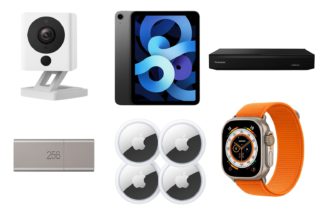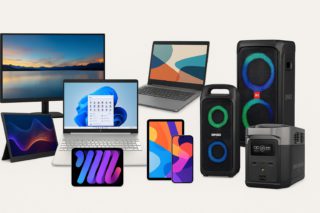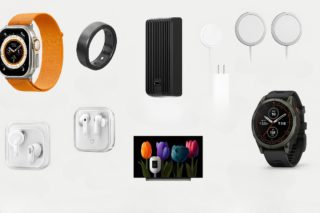Certified pre-owned promises are automotive snake oil. Those glossy brochures advertising “rigorous 100+ point inspections” often conceal a harsh reality: rushed mechanics paid to certify, not scrutinize. As one master mechanic confessed, “I’ve inspected ‘certified’ cars with bad brakes, leaky gaskets, and bald tires.” That expensive peace of mind you’re buying? It’s a theater.
The CPO Shell Game
Dealership inspections prioritize sales over safety, missing critical mechanical issues.
The certified pre-owned racket operates on perverse incentives. Mechanics performing these inspections face time pressure and subtle encouragement to find minor issues while overlooking major problems that could torpedo a sale.
Those comprehensive-looking checklists focus on trivial items—floor mat condition, antenna function—while potentially catastrophic engine or brake issues slip through. California law explicitly prohibits marketing vehicles as CPO without meeting manufacturer standards, yet enforcement remains spotty.
Dealers routinely skip required inspection documentation or provide incomplete reports, banking on buyers who won’t demand the paperwork. Meanwhile, “certified” vehicles sit on lots for months, accumulating problems that superficial inspections never catch.
Your Car’s Digital Truth Serum
OBD2 diagnostic scans reveal hidden computer codes that expose real mechanical health.
Every vehicle built since 1996 contains a digital confession booth: the OBD2 system. This computer network doesn’t just trigger your check engine light—it logs “pending,” “permanent,” and “stored” fault codes that reveal developing problems before they become disasters.
This system documents everything from minor sensor glitches to impending transmission failure—far more revealing than any paper checklist.
Here’s the dealer trick: they clear these codes before you arrive, making the dashboard look clean while leaving digital breadcrumbs buried in the system. A proper OBD2 scan uncovers this hidden history, exposing issues that could cost thousands down the road.
Twenty-dollar Bluetooth OBD2 adapters paired with smartphone apps like Car Scanner deliver a more honest assessment than any dealer checklist.
Demand a live diagnostic scan from any dealer, or perform one yourself. If you spot pending or permanent codes, walk away—those are early warnings of expensive failures. Your phone can outsmart their marketing department.





























